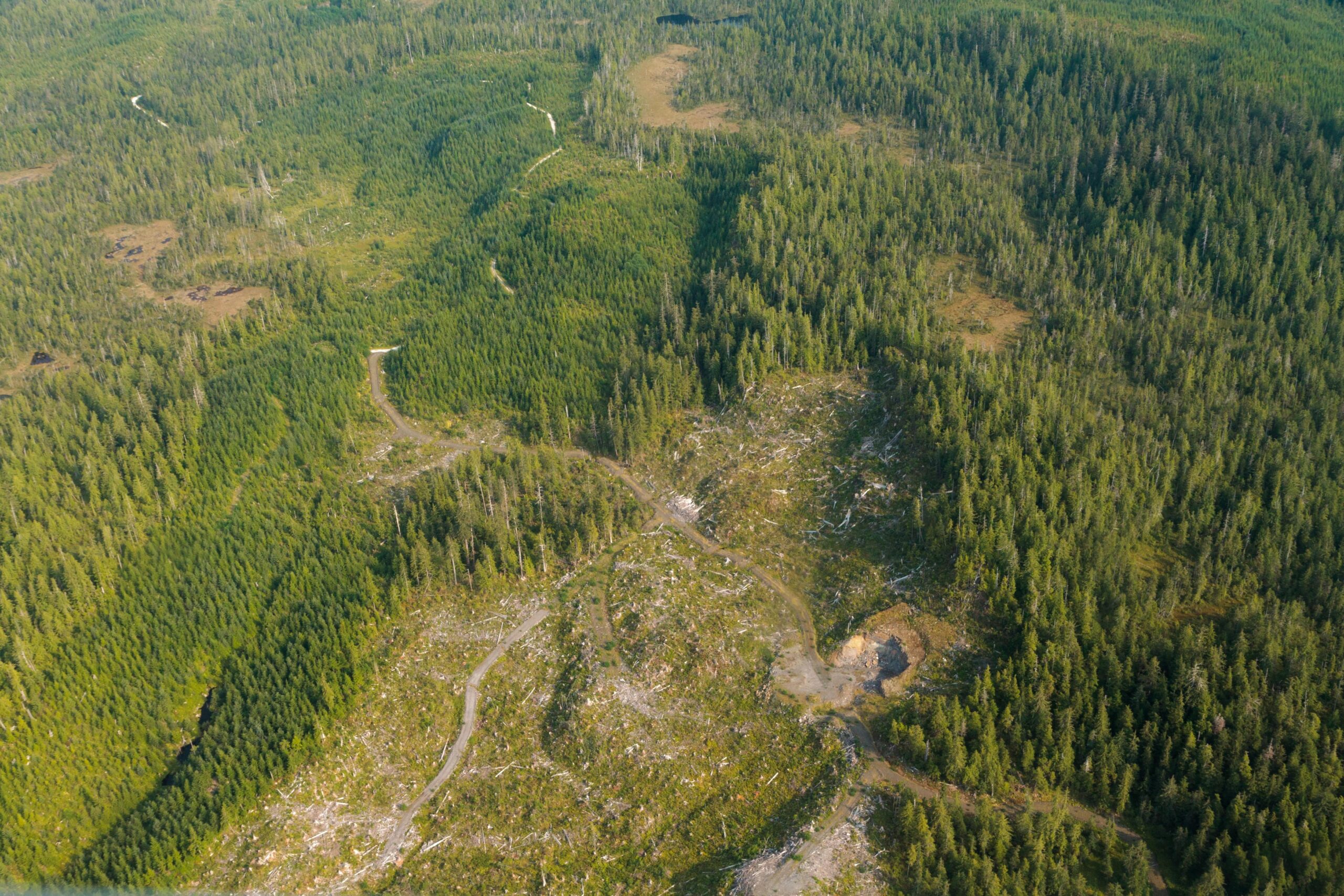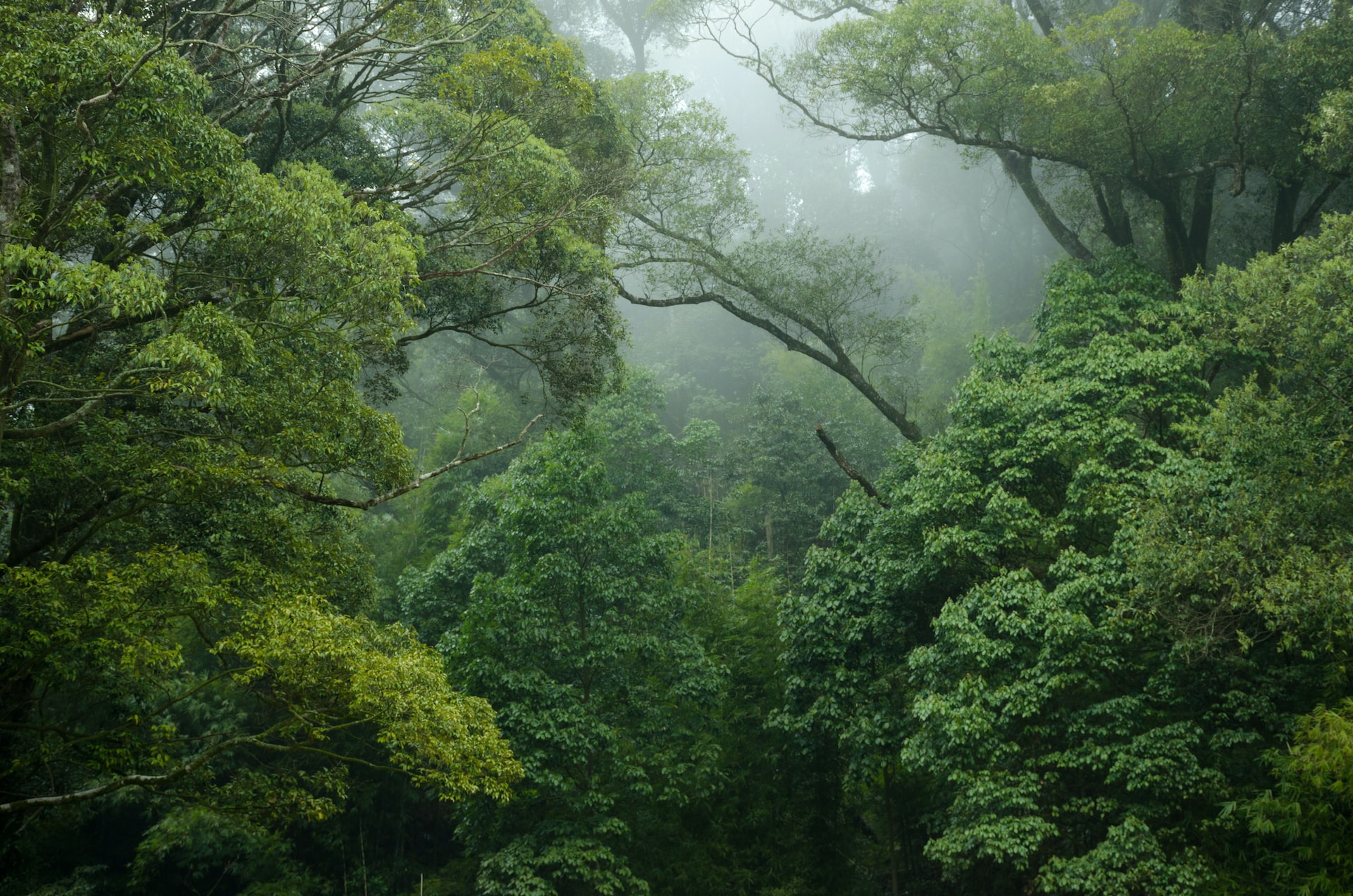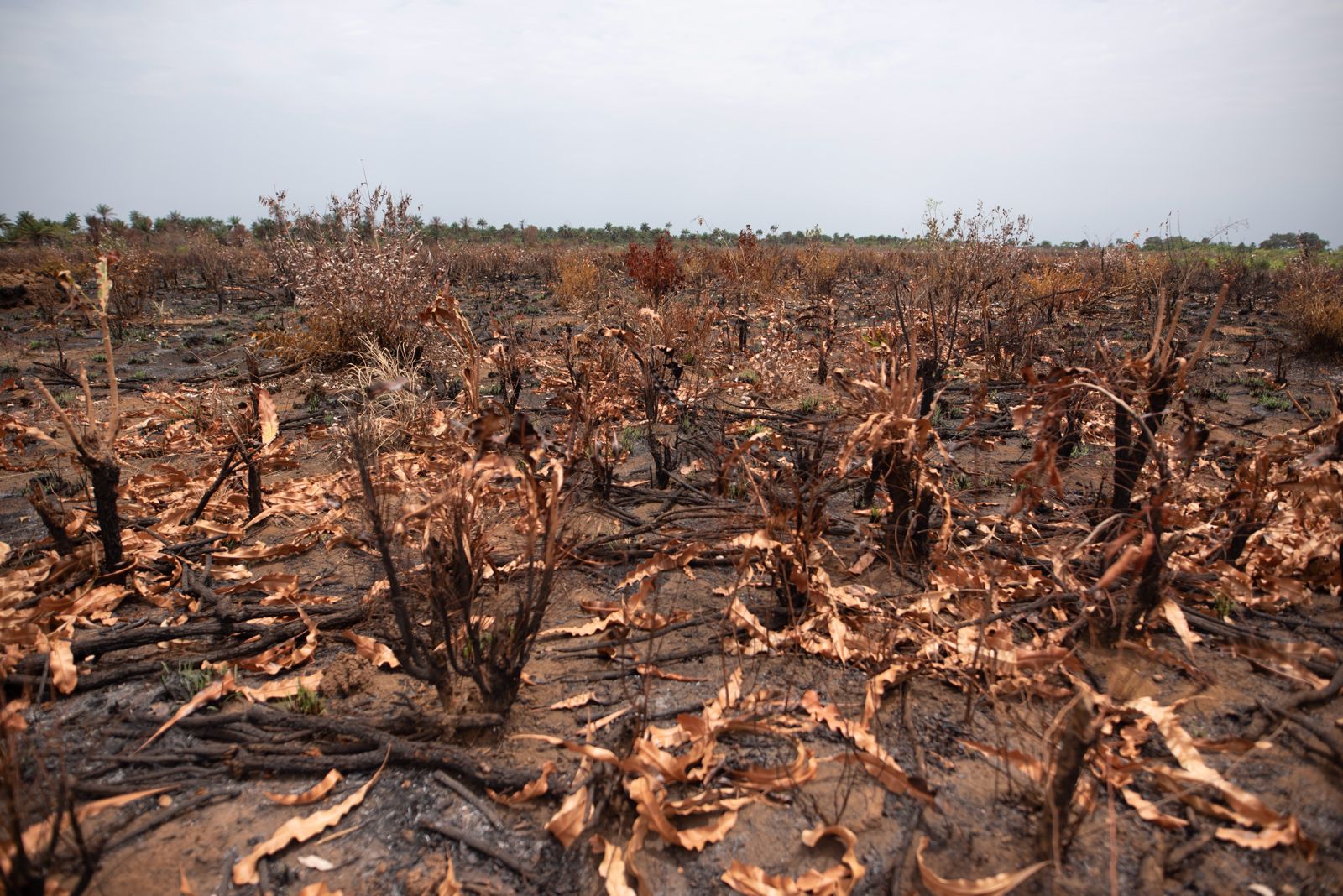Finite Carbon is marketing credits with little benefit to the climate, analysis finds
By SourceMaterial and Miranda Green
In 2012, a representative from Finite Carbon approached the Hoopa Valley tribe, owners of a 36,000-hectare forest in northern California.
America’s biggest seller of carbon offsets had an incredible proposition: if the tribe simply continued to manage its ancestral lands as it had always done, Finite, the largest offsetting developer in the US, would generate carbon credits worth millions. The tribe would be rich.
“They were saying, ‘You guys manage your forest so well that what you’re doing now would earn you carbon credits, and you wouldn’t have to do anything new,” said Julia Hostler, a member of the tribe. “It sounded too good to be true.”
It was. Analysis commissioned by SourceMaterial and Floodlight suggests that many of the offsets Finite sells are based on claims of protecting trees that were never in danger, with little benefit to the climate.
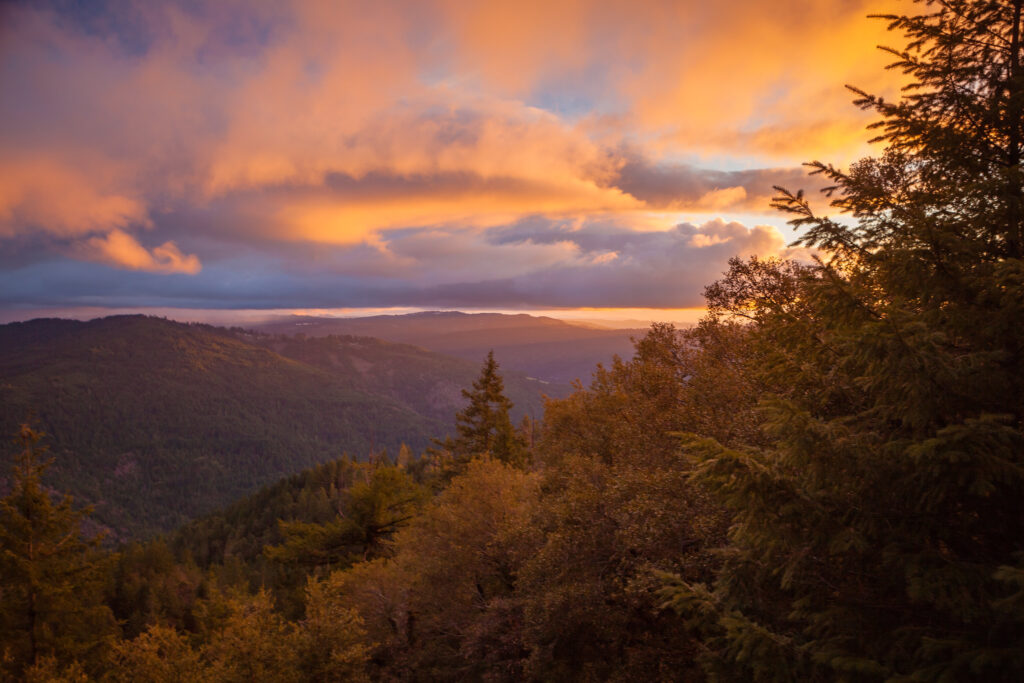
Finite Carbon, created in 2009 and bought by British multinational oil and gas giant BP in 2020, is responsible for more than a quarter of all US carbon credits, generated by protecting more than 60 “high-credibility, high-integrity projects” across 1.6 million hectares.
Experts at the offsets ratings agency Renoster and the non-profit CarbonPlan analysed three projects accounting for almost half of Finite Carbon’s total credits, with an estimated market value of $334m. Of the credits Renoster looked at, they found that around 80 per cent should not have been issued.
Finite’s business works by encouraging landowners to protect forests it says would otherwise be cut down. The ‘extra’ carbon absorbed from the atmosphere by protected trees generates credits which can be bought by polluters to offset their emissions. Since 2009, Finite claims to have nullified at least 70 million tonnes of emissions, equivalent to 18 coal plants running for a year—and more than double the total BP reported last year.
Questions about Finite come amid mounting concern about the global offsetting industry, predicted by Barclays to be worth $1.5 trillion by 2050. Last year SourceMaterial, with The Guardian and Die Zeit, revealed that as many as 90 per cent of the most commonly traded offsets may be practically useless in mitigating global warming.
“The potential for mischief is just overwhelming”
Finite sells most of its credits under California’s cap-and-trade system, a state programme that requires excessive polluters to buy offsets. Critics say that by relying on flawed credits, the mechanism is handing companies a licence to pollute.
The potential for “mischief” and for gaming the system “is just overwhelming,” said Mark Trexler, an independent climate scientist who created the first offsetting project in 1989.
Finite Carbon did not respond to specific questions but defended its offsets.
“All Finite Carbon’s compliance market projects have been independently verified, developed in accordance with the applicable standards and protocols under the California Cap-and-Trade program, and the projects have all been approved by the California Air Resources Board,” said Brendan Terry, a Finite Carbon spokesperson.
BP directed requests for comment to Finite Carbon.
‘An intentional act’
To justify claims that forests are being saved, each Finite project is based on a ‘baseline’ calculation of how many trees would be lost if it did not exist. SourceMaterial commissioned Renoster, an offsets ratings agency mostly used by buyers of carbon credits to assess their real climate benefits, to test some of Finite’s claims.
At Finite’s Sealaska initiative in the Alaskan Panhandle, Finite had generated credits valued at more than $100 million by claiming to protect trees in an area almost completely clear-cut by loggers, the analysis found. The trees Finite said it was guarding, Renoster said, had only been left standing because timber merchants couldn’t easily reach them.
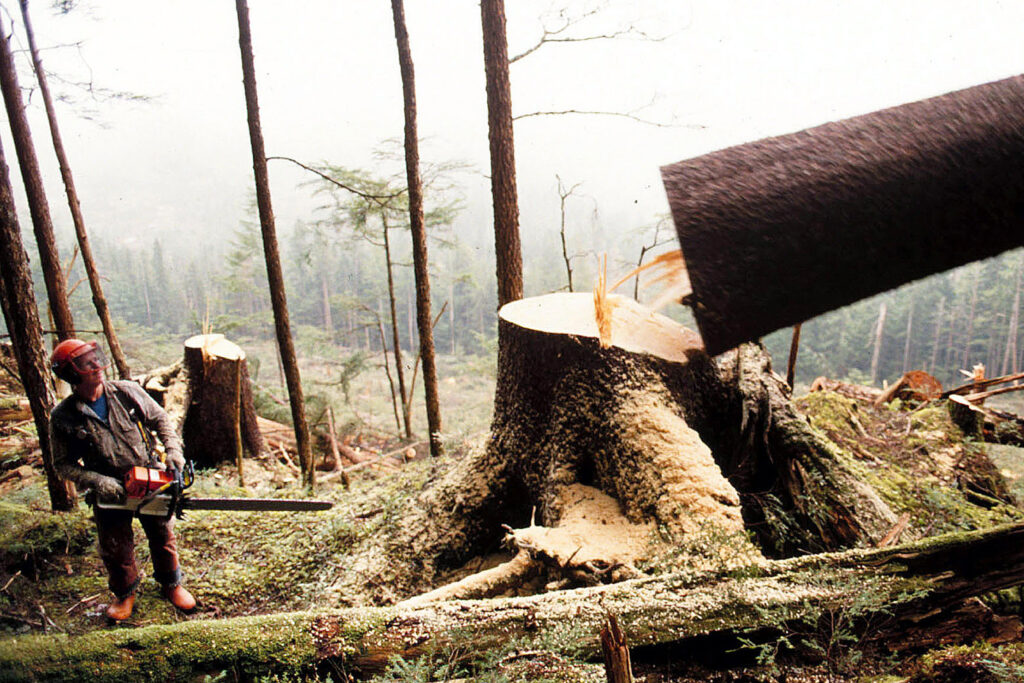
The 68,000 hectares project is owned by the Sealaska corporation, a for-profit company created in 1972 and owned by Alaska Natives. Using satellite imagery, Renoster found that its few remaining trees are in deep ravines, along roadsides, rivers and coastlines, making it uneconomical to log them.
But instead of reflecting the widespread deforestation in its calculations, Finite created new maps to exclude the logged areas, drawing thousands of circles around pockets of inaccessible forest, Renoster reported. In one case, Finite circled fewer than 50 trees on a tiny island off the coast.
While this approach may be technically within the rules in California, where the credits are sold, it undermines the spirit of the regulations, Renoster said. The agency gave the project a score of zero, meaning it thinks it should not be issued any credits.
“We consider this type of manipulation to be ‘cheating,’” the report concluded. “The drawing of these boundaries is an intentional act designed to avoid protocol rules.”
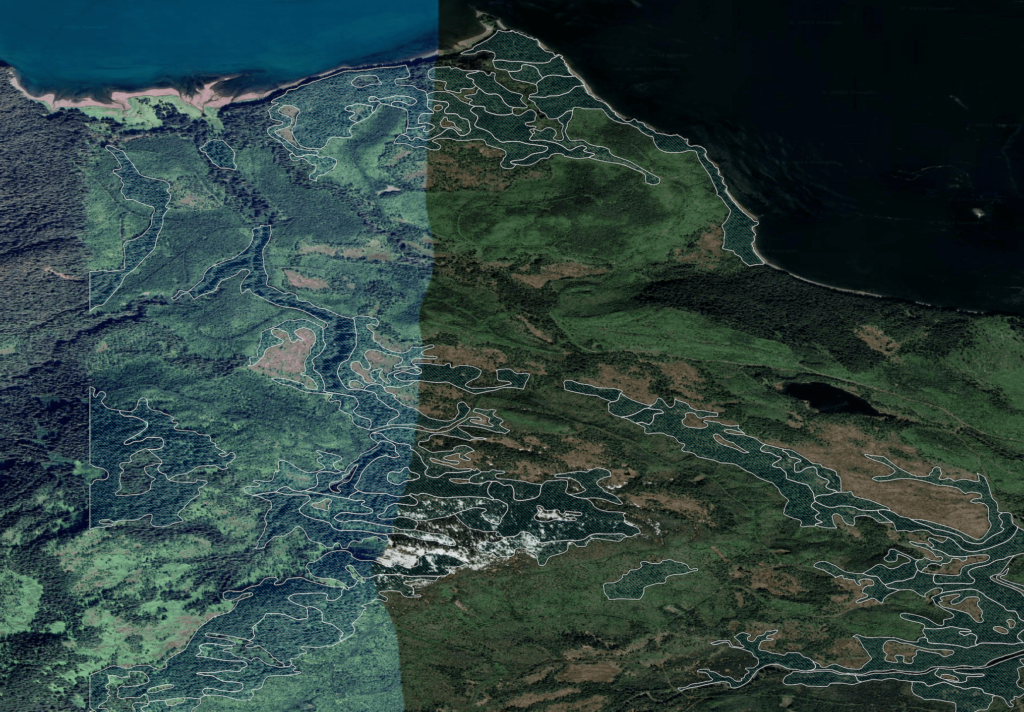
Elias Ayrey, Renoster’s head scientist, said that although some conservation may be going on, the “gerrymandering” made it impossible to assess.
“We have a zero tolerance policy on this behaviour,” he said. “We don’t think that the project should have been allowed to proceed and earn credits.”
Asked about the findings, Sealasaka representatives disputed Renoster’s conclusion that the remaining trees were not at risk, saying they were genuinely being protected as they held value and could legally be cut down.
“There’s going to be a market for all this material, in one way or another,” said Brian Kleinhenz, who helped develop the credits while working at Sealaska and is now president of the carbon offsetting developer Terra Verde.
Finite Carbon did not respond to questions about specific projects. Dave Clegern, a spokesman for the California Air Resources Board (CARB), which runs the cap-and-trade mechanism, said it is legitimate to include trees on trees on steep terrain if they are valuable enough to warrant the cost of logging them.
Evidence from Sealaska doesn’t support this, according to Ayrey.
“They’ve clear-cut vast tracts around these trees and left them in place,” he said. “If it were profitable to access these sites, they would have done it.”
Alleged over-crediting
At another Finite project, a 200,000-hectare forest in Washington state owned by the Confederated Tribes of the Colville Reservation, the company’s calculations significantly overestimated the threat from logging, according to Grayson Badgley, a scientist at CarbonPlan, a non-profit group.
“One of the last things you want to do with offsets is pay someone not to do something they were never planning to do anyway,” Badgley said. “A significant number of credits may have been awarded for foregoing harvests that were unlikely to ever happen.”
At a Finite site in West Virginia, a logging company that owned 39,000-hectares had promised to preserve some trees in exchange for credits. Renoster scored the initiative above zero, meaning it had genuinely generated a certain number of offsets, but found that the project had been “over-credited” as many of these trees were “inaccessible due to steep slopes” and couldn’t be felled economically.
Responding to questions from SourceMaterial, David Hoffer, president of the logging company Lyme Timber, contested Renoster’s findings.
“Lyme has harvested substantially less than biological growth since we purchased the property in 2017,” he said.
CARB’s Clegern said that while concerns had been raised about Lyme’s programme, it had ultimately been approved.
“The verifiers are reasonably assured that despite the highly variable terrain and steep slopes found on the project area, they would allow for traditional harvesting techniques,” he said. “To the best of our knowledge, the project is in conformance with all regulatory and protocol requirements.”
Representatives for Colville did not respond to requests for comment. Clergen said CARB has not received any complaints about Colville’s carbon project.
‘Mother Nature is not at the table’
Mechanisms like California’s cap-and-trade system, through which Finite sells most of its credits, are doomed to fail because none of the participants has an interest in scrutinising the credits that go into them, said Trexler, the climate scientist.
Sellers have an interest in maximising deal volumes, while buyers just need to conform with state regulations have no incentive to question whether the credits do anything for the climate, he said:
“Everyone involved in designing these projects and protocols has an interest in generating credits. Mother Nature is not at the table.”
California’s forest project methodology was designed with assistance from the carbon offsets traders who profit from credits regardless of their effectiveness. Finite’s co-founder, Sean Carney, took part in meetings to draft the CARB standards in 2008, just months before he set up the company, minutes show.
“CARB is hostile to everybody who’s critical, and they’re friendly with all the lobbyists”
Yet despite criticism, CARB has no plan to address the risk of overcrediting, according to Danny Cullenward, vice chair of California’s Independent Emissions Market Advisory, the official oversight committee for the cap-and-trade system.
“CARB is hostile to everybody who’s critical, and they’re friendly with all the lobbyists,” Cullenward said. “That’s the way things are done.”
Clegern of CARB said: “CARB’s offset program has been successfully litigated in court and found to deliver real, quantifiable and additional benefits.”
‘Corporate greed’
Meanwhile, Finite Carbon, which has so far sold more than 100 million offsetting credits, continues to dominate the market. Yet there may be limits to its expansion. At the Hoopa Valley Reservation in northern California, tribal leaders ultimately rejected the company’s proposal.
They became uneasy after suggestions that they “rewrite and resubmit the forest management plan to allow theoretically greater harvest, in order to show we have discretion to harvest, or choose not to harvest, and thus get carbon credits,” according to emails provided by a tribal member.
The tribe now has “a strong wall against carbon brokers”, said Thomas Joseph, a tribe member and environmental educator.
For the Hoopa it’s personal, he explains. Recent years have seen tribal lands ravaged by wildfires made more extreme by climate change, and there is a realisation that carbon markets have played a role in allowing companies to pollute.
“For us to be able to protect our lands, we need a reduction of emissions,” he said. “Not only would we be putting our community here in danger, and sacrificing our lands to corporate greed, we’d also be allowing the industry to not reduce its emissions.”
Additional reporting by Nathaniel Herz in Alaska and Albie Matthews
Headline picture: Velkiira
